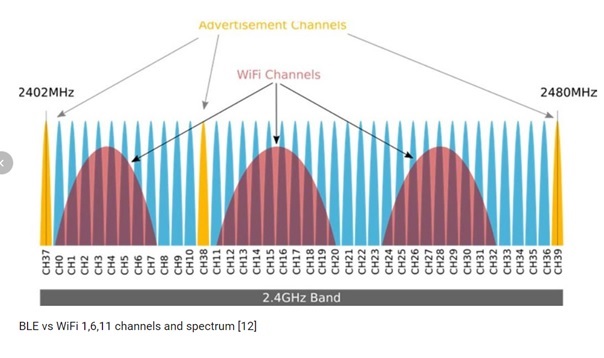Dear All,
We are working on BLE WiFI Gateway application. We received recommendation from TI to use CC2642R since it support Packet traffic arbitration (PTA).
We understood following are the few important Coexistence handling techniques
- Packet traffic arbitration (PTA)
- Avoiding interference From Bluetooth devices (5GHz Band for Wi-Fi)
- Dynamic Channel Selection for Wi-Fi Networks (or Wi-Fi channel Mapping)
- Intelligent (Adaptive) frequency hopping - It will map bad channel and will not use bad for communication
- Frequency hopping - No mapping of bad channel. Scan all channel
Our queries:
- We understood all Simplelink BLE chip support "Frequency hopping". Is our understanding correct?
- CC2642R consist of Network Processor (M0) and Host Processor (M3). PTA handled in which part of CC2642R? BLE Stack in M3 / as a part of Hardware?
- Does CC2642R support Intelligent (Adaptive) frequency hopping?
- If not, then is there any Simplelink BLE 5.0 chip support PTA + Intelligent (Adaptive) frequency hopping?
- In case we are not using PTA and with reference to following figure, WiFi chip is sending data on Channel 1 and BLE chip is sending data on CH35 at the same time. Then both signal get transmitted properly OR they get collide with each other and requires retries? Any white paper on this theory available, then please share.
Regards...
Yogesh


